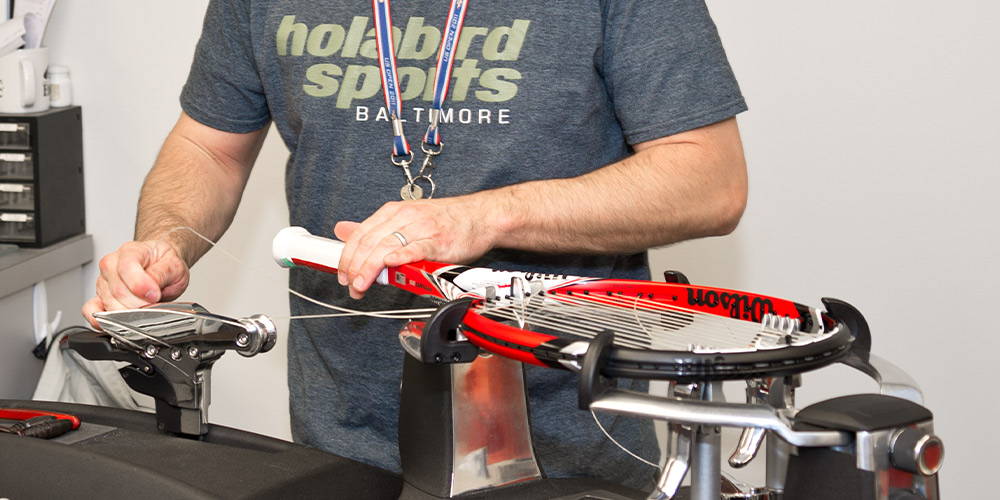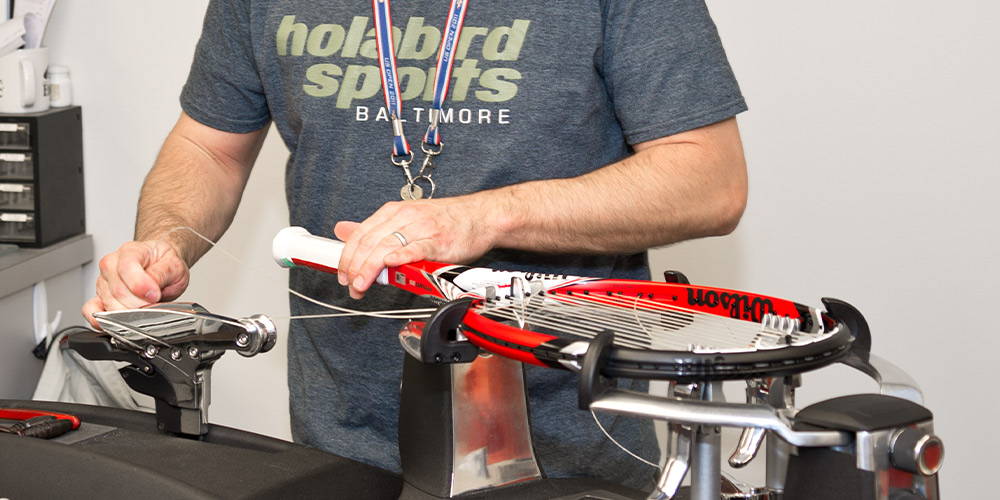Fitness Fire 🔥

Ask the Stringer: Breaking Strings During Installation
Q: Hello, I use an electric Gamma XES stringer, with RPM Blast 17 at 50lbs. About 10% of the time, the string will break when I am pulling...

Ask the Stringer: What Is Spaghetti Stringing?
Q: What is "spaghetti stringing?"
A: "Spaghetti stringing" is—in short—a method of stringing in which the main strings and the cros...
